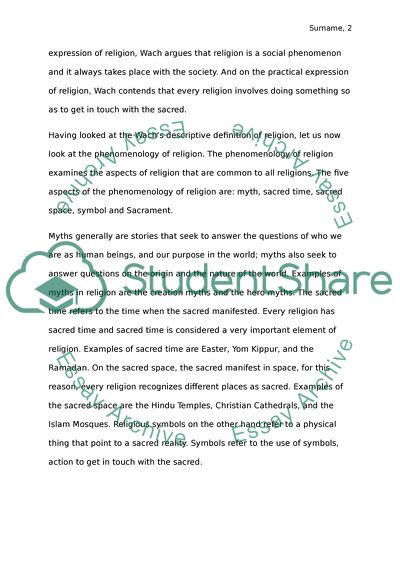Cite this document
(“Similarities And Differences Between The Scientific Method And The Essay”, n.d.)
Retrieved from https://studentshare.org/religion-and-theology/1638258-similarities-and-differences-between-the-scientific-method-and-the-religion-method
Retrieved from https://studentshare.org/religion-and-theology/1638258-similarities-and-differences-between-the-scientific-method-and-the-religion-method
(Similarities And Differences Between The Scientific Method And The Essay)
https://studentshare.org/religion-and-theology/1638258-similarities-and-differences-between-the-scientific-method-and-the-religion-method.
https://studentshare.org/religion-and-theology/1638258-similarities-and-differences-between-the-scientific-method-and-the-religion-method.
“Similarities And Differences Between The Scientific Method And The Essay”, n.d. https://studentshare.org/religion-and-theology/1638258-similarities-and-differences-between-the-scientific-method-and-the-religion-method.


